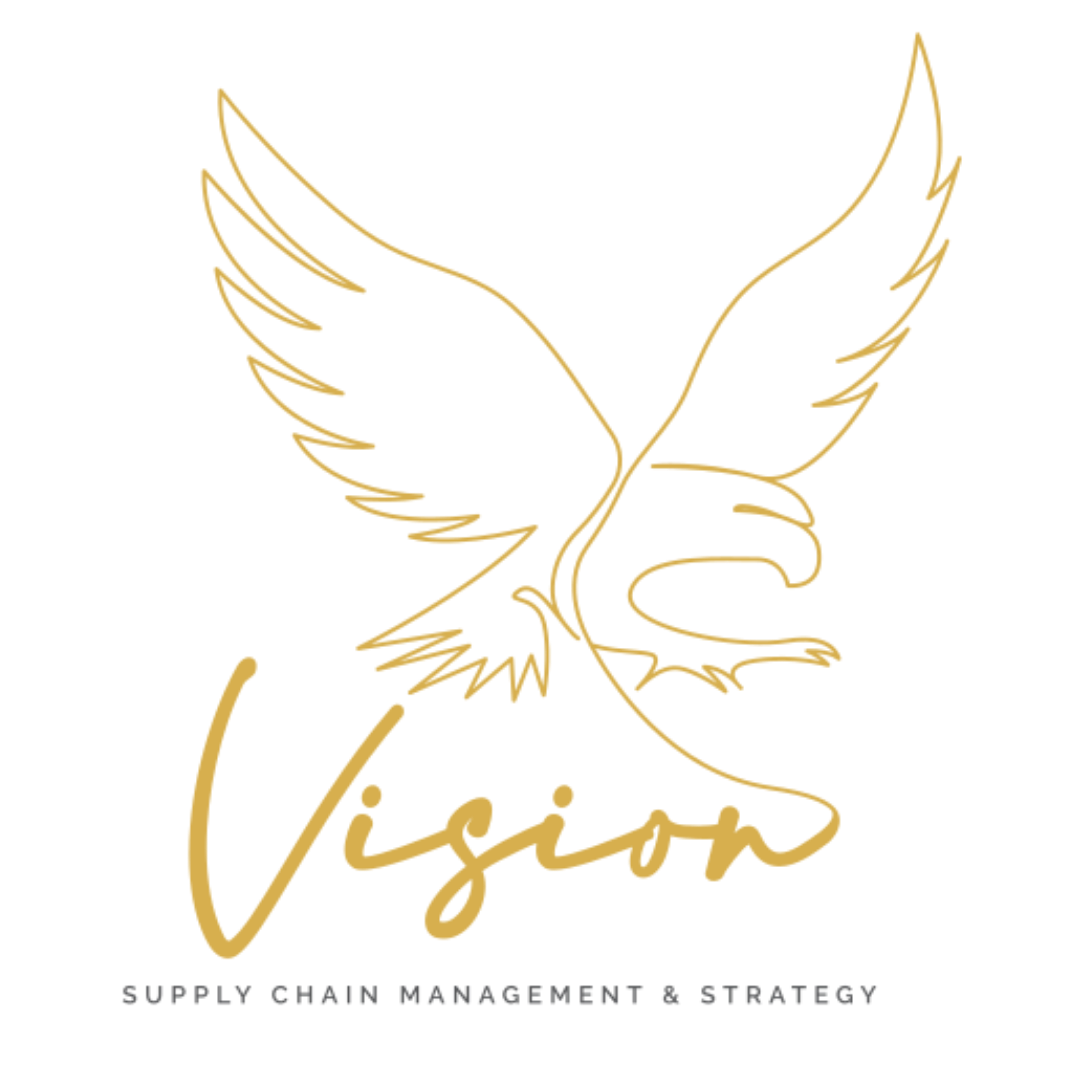What is Supply Chain?
When I first meet with business owners and potential clients, I love to ask them this question:
“What does Supply Chain Management mean to you?”
In 8 years of experience in both medium and large companies, the responses I get tend to only offer a partial definition of Supply Chain Management (SCM). Some think that SCM is logistics, others define SCM as transport or production optimisation or sometimes even describe it as procurement.
As per the CIPS (Chartered Institute of Procurement & Supply), Supply Chain Management is “the handling of the flow of goods and services from the raw manufacturing of products through to the consumption by the customer.”
To me - that is quite a complete definition of SCM.
I love to describe Supply Chain Management as an eagle above an organisation. Supply Chain Management is that function or department in a company that sees the entire process(es) from Suppliers right through to Customers. And, as an eagle, can accurately identify any obstacle standing in the way of the growth of a business and eliminate it.
Why would you need Supply Chain Management in your company?
As a company, you want to provide to your end customers quality products that are delivered on time, at the lowest cost to you, to make the greatest revenue. That’s the role of the supply chain.
To solve this equation, SCM operates at 3 levels: strategic, tactical and operational.
What does it look like?
From an operational level, for most of the companies I’ve worked with, the first obstacle that I have uncovered is money tied up in different kinds of non-added-value tasks or processes. Regardless of the size of the company or the maturity of their supply chain, they’ve always had processes or tasks that were stopping them from growing financially. In most cases, the problem was related to one of the following:
The company’s stock level (too high or too low)
Production planning without proper organisation or a thought-out schedule
The production/services flow having a high rate of non-added-value processes
At a tactical level, your company might need to redefine your processes. For example, while working with a manufacturing company that wanted to increase its turnover by 16%, we had to revise the layout of the plant, introduce S&OP and forecast but also think about new warehousing strategies for their finished goods.
At a strategic level, supply chain management will look at your organisation at a global level, design it and create scenarios to help you define your long term business goals. You might want to consolidate your flows from several production sites to one consolidated site in order to be more efficient and resilient.
The global pandemic has had a huge impact on businesses around the globe in recent years. Now, you might be more inclined to look into and understand how your business can respond in case of other external events that you can’t control but can impact your organisation drastically, whether that be your flow of goods, information or cash.
How can Supply Chain Management help?
Through my consultancy, your business’ supply chain will be analysed and remodeled - from suppliers to end customers - at the 3 different levels: strategic, tactical and operational. Relevant KPIs will be set in order to measure your business’ performance and see where improvements can be made compared to ‘best-in-class’. Finally, together we will implement the new processes in order for you to reach your goals and grow a more sustainable, efficient and resilient business.
What you should be aware of?
The most common organisational structure is the functional organisation. In this type of organisation, each and every department is working on their own trying to reach the long term goal set up by the company.
It’s time to break down those walls!
If you look a little closer, you might see that the individual strategies of each department set out to reach this goal are sometimes completely opposite! Purchasing will reduce the cost of goods by purchasing bulk whilst production or finance are trying to reduce the stock - all at the same time. What a headache!
It’s time to try a different approach. It’s time to change the mindset of your company and integrate a supply chain that works for you.
My challenge for you: identify a few obstacles that you see in your company’s growth. This could be in management, stock, processes or strategies. Share these with me in the comment section, and let me know your approach or strategy to reduce their impact or get rid of them.
